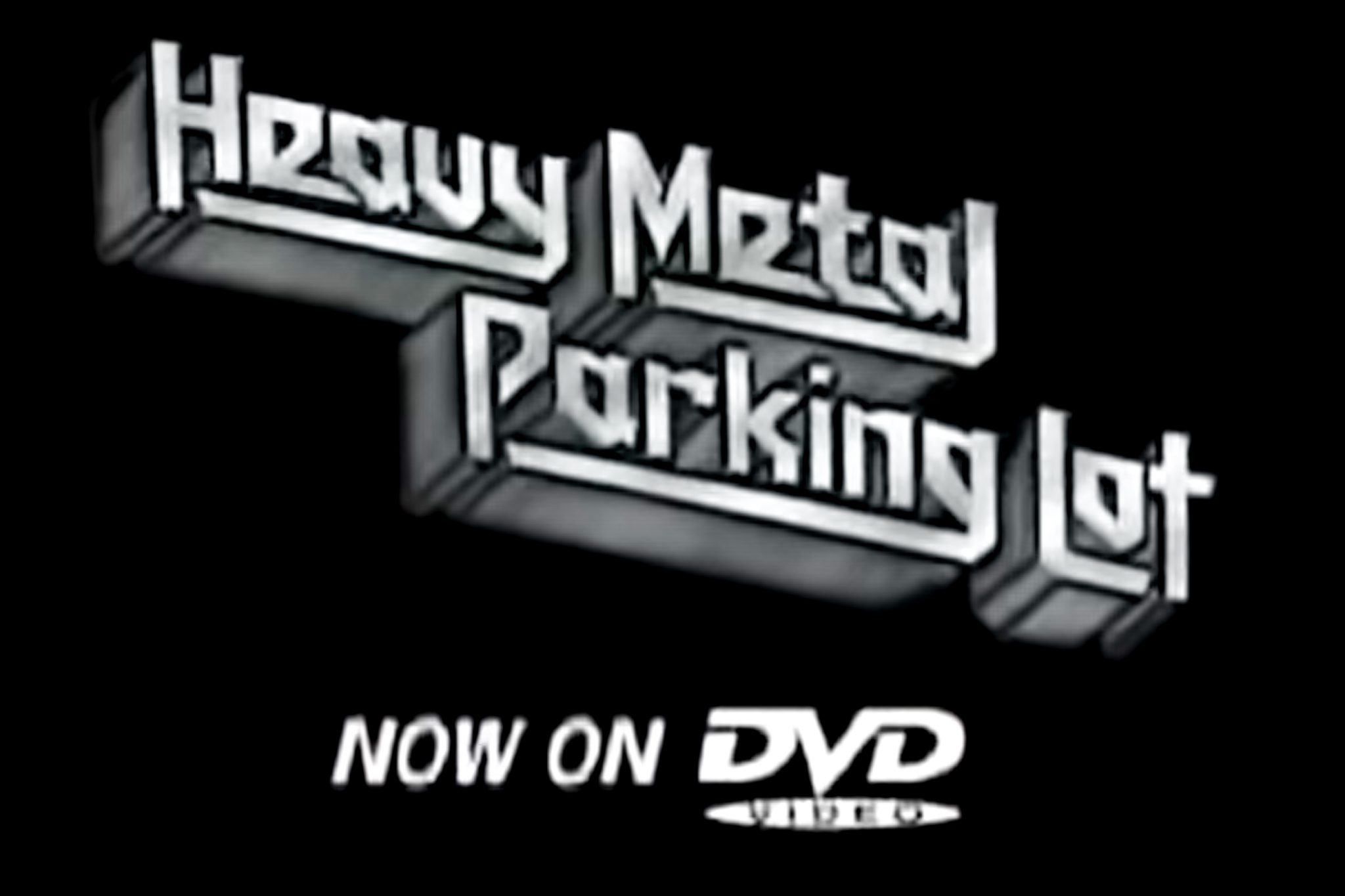Dressed head-to-toe in zebra print with a shaggy mop of dirty-blond hair on his head, a young man appeared hazy in the washed out film grain. Through all of his extravagance, he had just one message.
“Heavy metal rules, all that punk shit sucks.”
Now known as Zebra Man, the teenager appeared in the cult classic short documentary, Heavy Metal Parking Lot. The short, co-directed by University of Maryland alum Jeff Krulik, captured fans waiting outside of metal band Judas Priest’s May 31, 1986, show at the now closed Capital Centre arena in Landover, Maryland.
Shot on four 20 minute source tapes, Krulik and his co-director, John Heyn, pieced together a feverish amalgamation of emaciated rock fans with hair somehow higher than they were. It was a snapshot of the waning pre-digital age, filmed with revealing honesty and stark love for the genre.
The film would soon take on a life of its own. First at a 1987 Washington film festival, as reported by The Washington Post, and later as an oft-ripped and heavily bootlegged coast-to-coast concert-side sensation. The documentary was later brought to California, where it took off among musicians and fans alike, according to a University of Maryland exhibit.
Baltimore filmmaker John Waters wrote to Heyn and Krulik in 1987, calling the film great but stating that it gave him the “creeps.” It reached Hollywood, where future Oscar-winner Sofia Coppola requested to use the film in her Comedy Central series Hi Octane.
[UMD alums bring VR music video to life in DC]
The film found a home at Los Angeles’s Mondo Video A-Go-Go, a video rental store that was once described as the city’s “epicenter of weird shit” by television personality Lenora Claire in a 2016 Vice article. The store’s Colonel Rob Schaffner got his hands on one of the circulating prints and included it within the store’s eclectic offerings, boosting its reach.
Eventually, Heavy Metal Parking Lot found a mainstream release in the form of an official DVD, which was published for the film’s 20th anniversary in 2006. It was later released in a boutique two-disc Blu-ray by Circle Collective, and included Krulik’s other short documentaries from the era.
The film’s everlasting appeal can be boiled down to many things — the insanity of its characters, the tactile grime of its world or the fact that this alien environment existed not even 20 minutes from our campus — but one Capital Centre employee may have summed it up best.
“It’s crazy, man,” the employee said in the film. “It’s really crazy. I’ve never seen such a thing in all my life.”
A new generation of University of Maryland students were given the opportunity to experience the film in 2016, when Krulik held a 30th anniversary screening of the film at The Clarice Smith Performing Arts Center during that year’s NextNOW Fest.
The legacy of Heavy Metal Parking Lot continues to live on. Screenings occurred five years later in 2021 in honor of the film turning 35, and in 2006, Heyn and Krulik re-teamed for Heavy Metal Parking Lot Alumni: Where Are They Now?, a short retrospective following the two filmmakers as they tracked down the legendary metalheads from the original documentary.
They even tracked down the Zebra Man, referred to as David in the follow-up film. Gone were his flowing mane, flowery dress and love for heavy metal. His allegiances had flipped to country — a far cry from the head-banging ways of his youth.
[BabyMonster batters up for K-pop scene with debut EP]
Krulik went on to make spiritual successors of the original film, including Neil Diamond Parking Lot, Heavy Metal Basement, and Heavy Metal Picnic, although none of them reached the acclaim or appeal of his first work.
The band featured in the background and end credits of Heavy Metal Parking Lot, Judas Priest, still performs. The band released its newest album, Invincible Shield, in March — 50 years after its first record debuted.
The band will return to the Washington, D.C., area on May 19 at the Theatre at MGM National Harbor, just 20 minutes southwest of where the band took the stage in 1986.
This year’s crowd will undeniably be different, but the legacy of Maryland’s heavy metal past will loom large, thanks to those four tapes Krulik and Heyn captured nearly 40 years ago.



